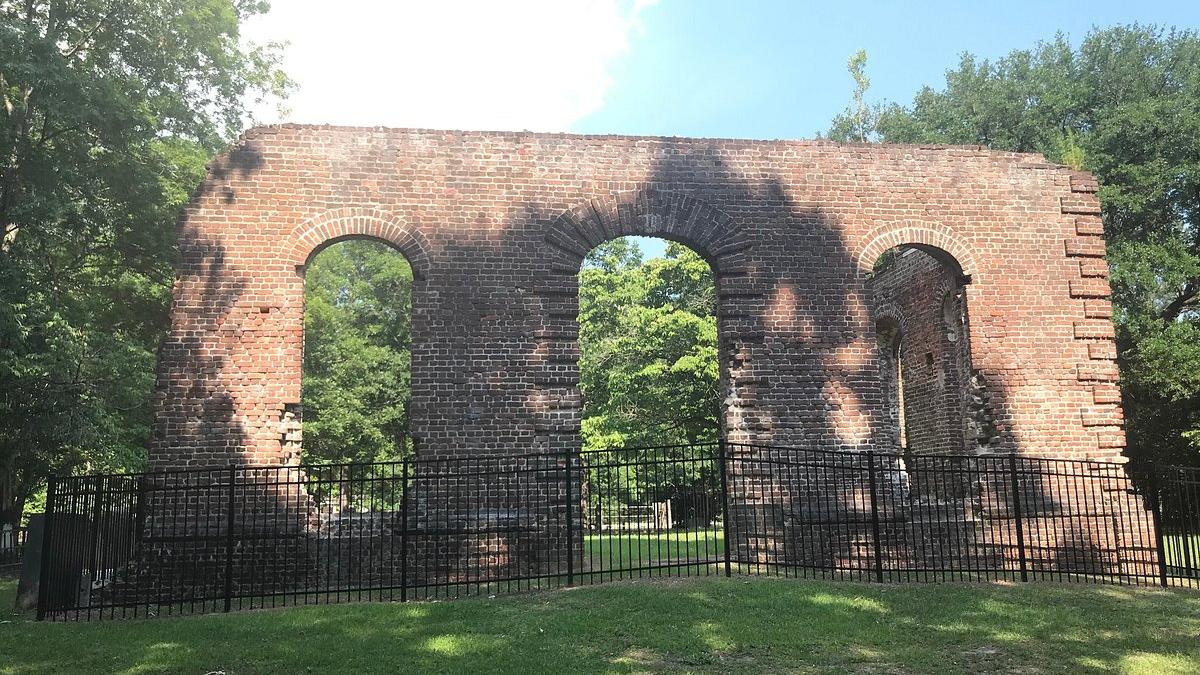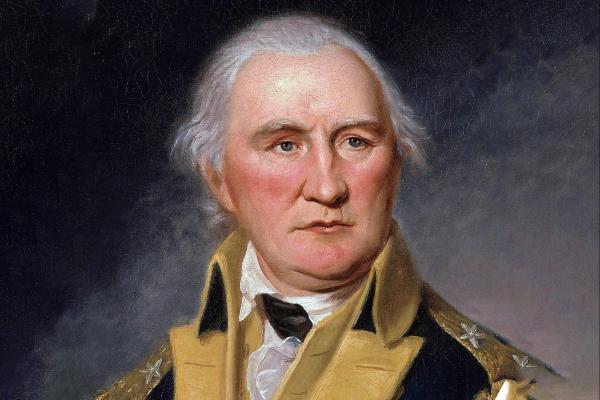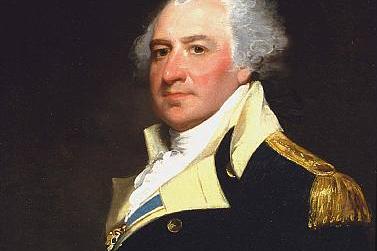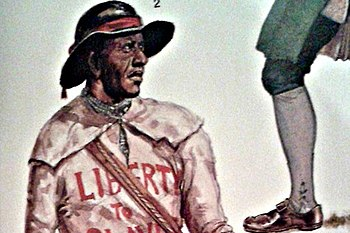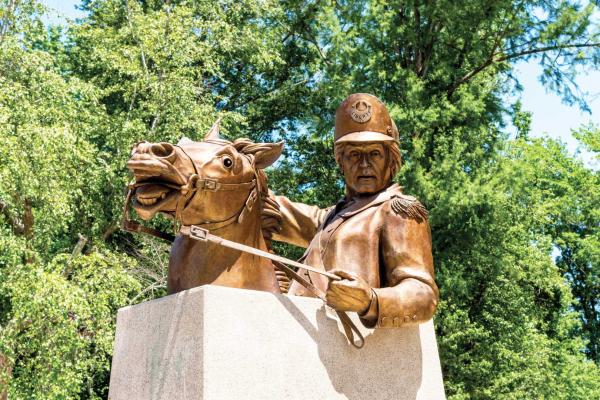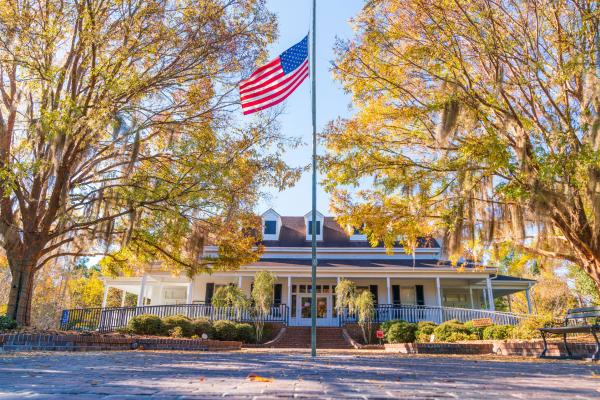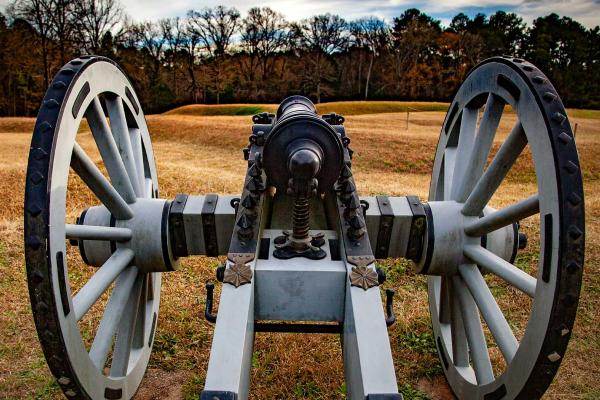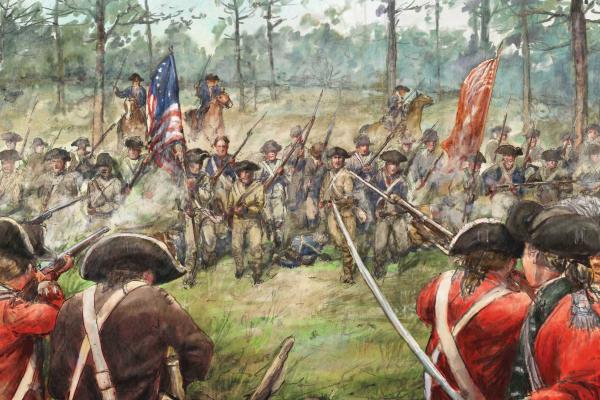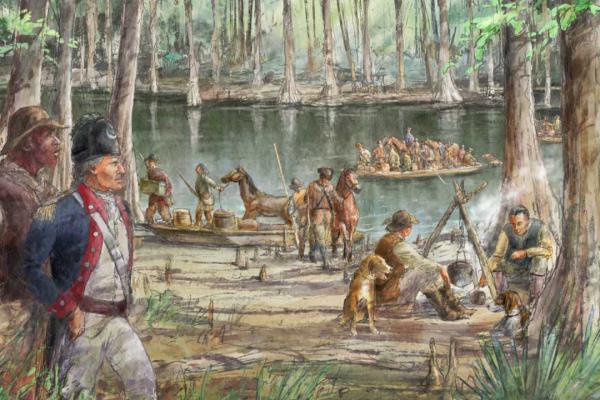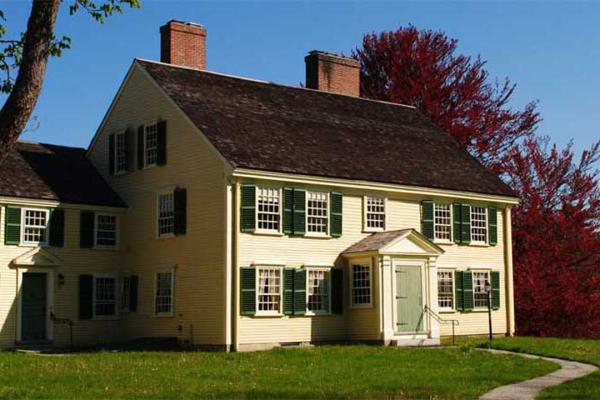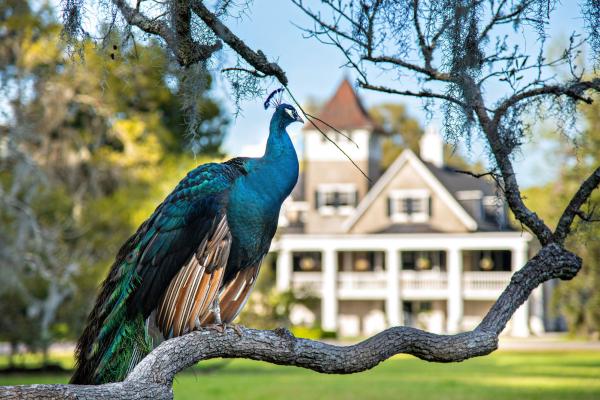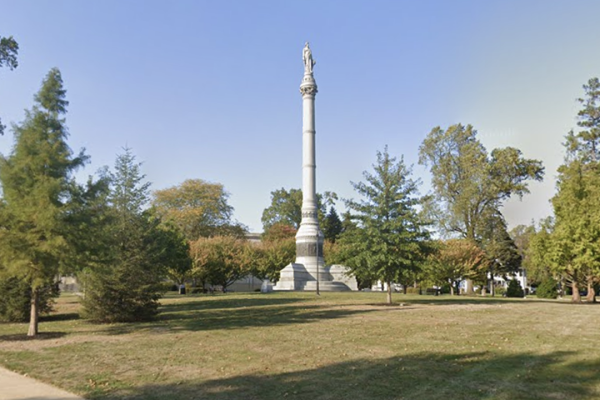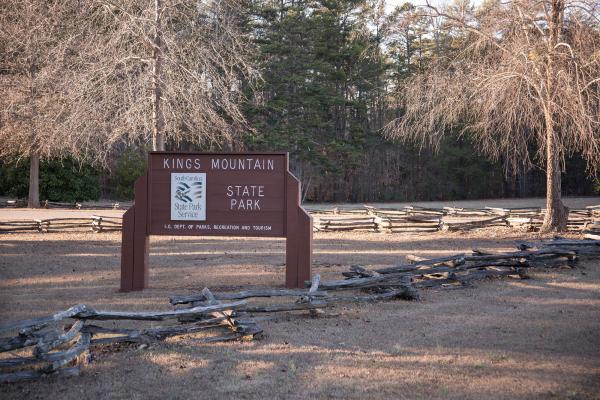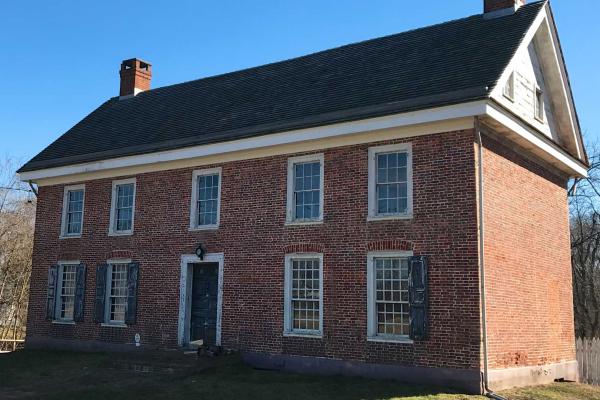Liberty Trail History Makers
The Revolutionary War was a war unlike any other — one of ideas and ideals, that shaped “the course of human events. Explore the history and personalities from this pivotal time in American history.Morgan’s main adversary was British Lieutenant Colonel Banastre Tarleton. Tarleton and Morgan’s forces faced each other at Cowpens in South Carolina on January 17, 1781. Morgan emerged victorious and secured his reputation as a skilled military tactician.
A Revolutionary War officer turned statesman, Thomas Mifflin played a vital role in securing American independence both on the battlefield and in politics. From rallying troops at Trenton to serving as Pennsylvania’s first governor, his legacy is one of leadership, resilience, and political influence.
A British Army officer who served in key conflicts including the French and Indian War and the American Revolution, Gate became Governor of Massachusetts and commander-in-chief of North America, overseeing events like the Battles of Lexington and Concord before being recalled to England in 1775.
Colonel Tye, an escaped slave from New Jersey, became a feared Black Loyalist leader during the Revolutionary War. Leading the Black Brigade, he raided Patriot forces until a fatal wound in 1780. His legacy reflects the fight for freedom beyond American independence.
